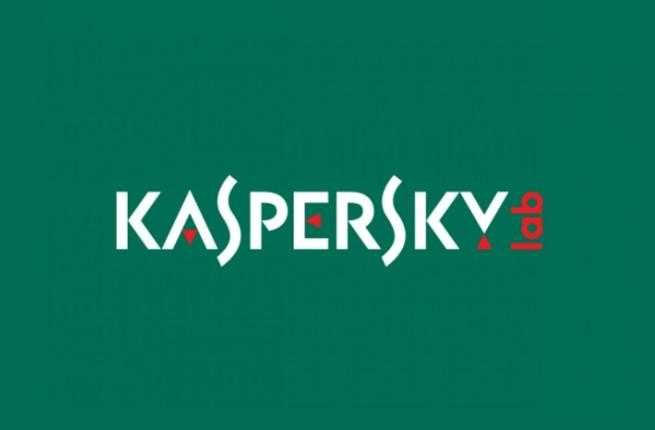In the second quarter of 2014, Kaspersky Lab has published a report on a bank fraud scam that led to theft € 500.000 από 190 θύματα σε μία μόλις εβδομάδα. Κατά την ίδια περίοδο ξεχώρισε και η εμφάνιση του πρώτου mobile κρυπτογραφητή που βρέθηκε να κυκλοφορεί στο Διαδικτύο, ο οποίος πωλείται $5.000 στη μαύρη αγορά και έχει ήδη «μολύνει» 2.000 συσκευές σε 13 countries, σε διάστημα μικρότερο τους ενός μήνα. Στο ίδιο διάστημα, παρουσιάστηκαν επίσης μονάδες κακόβουλου λογισμικού με βάση iOS και άλλες mobile platforms for a "legal" monitoring tool, as well as the reactivation of the MiniDuke campaign, which appeared at the beginning of 2013. This threat turns against governmental organizations, energy, defense, transport and telecommunications organizations, even against traffickers of illegal steroids and hormones.
"The first six months of the year showed that, like was foreseen, the encryption of smartphone users' data has evolved. Criminals take out money using methods that have been proven effective for PC users. The growing interest in large sums of money among those who carry out such attacks is obvious. This fact is also reflected in the sharp increase (14,5 times) in the number of banking Trojans within a period of one year. Beyond attacks aimed at financial gain, the "race" in the field of surveillance technologies shows no sign of abating. HackingTeam's mobile units demonstrated that a mobile device can be used to gain complete control of the entire environment in and around a victim's devices," commented Alexander Gostev, ChiefSecurityExpert, GlobalResearchandAnalysisTeam Kaspersky Lab.
Attacks on the Internet
- 354,5 millions attacks were launched from online sources, 1,3 million more than in 1ο Semester.

Mobile threats
- At the end of the first quarter of 2014, Kaspersky Lab's collection of mobile malicious software was almost 300.000 samples. In the second quarter, the collection increased against 65.000 new malware.
Mobile malware developers are no longer just focusing on the Android platform. Digital criminals have been able to exploit both iOS functionalities. Characteristically, unleashing Apple ID attack, criminals can completely block a device and demand payment to unlock it. This news revealed the activities of Hacking Team, an Italian company that sells "legal" software called Remote Control System (RCS). Kaspersky Lab has published its results latest research its on this software. The survey showed that there are several mobilemalware units for devices running Android, iOS, Windows Mobile and BlackBerry, which have come from HackingTeam. The malware unit for iOS allows an attacker to access a device's data, secretly turn on the microphone and take pictures. Thus, it can offer complete control over the entire environment within and around the victim's device.
In addition, in May, Kaspersky Lab discovered the first mobile encryptor which is open on the Internet. Under the name Pletor, this program locks the phone for "viewing prohibited pornographic content", encrypts the smartphone's memory card and requires - via a message on screen - a ransom from its owner.
Also, in the quarter, the evolution of the ransomware programs has been observed, with this technology showing active growth. In early June, Kaspersky Lab detected a new modified version of Svpeng, a malicious program targeting mainly US users. This Trojan locks the phones and requires $ 200 to unlock them.
Online banking threats
- In the second quarter of 2014, 927.568 computers were attacked with banking malware. It is worth noting that May saw a 36,6% increase in these attacks compared to April.
- During the same period, 2.033 mobile banking Trojans were identified. Since the beginning of 2014, their number has quadrupled. In the last year (since July 2013), the number of these programs has increased 14,5 times.
- Nine out of ten of the most popular malware 'families' work by placing a random HTML code on the web page that appears in the browser and intercepting the payment data entered by the user on the authentic page or on quoted online forms.
Malicious objects
- 60 has detected millions of unique malicious objects (scripts, web pages, exploits, executable files, etc.). This number is twice as high as the first quarter of 2014.
- In mid-April, KasperskyLab introduced one analysis for two new exploits in ShockwaveFlash (SWF), which later confirmed Adobe as a new zero-day vulnerability.
- 145,3 million unique URLs were identified as malicious by webantivirus solutions - 63,5 million more than in the previous quarter.
The full report is available at securelist.com. For more information, you can also visit it Digital real-time threat map of Kaspersky Lab.








